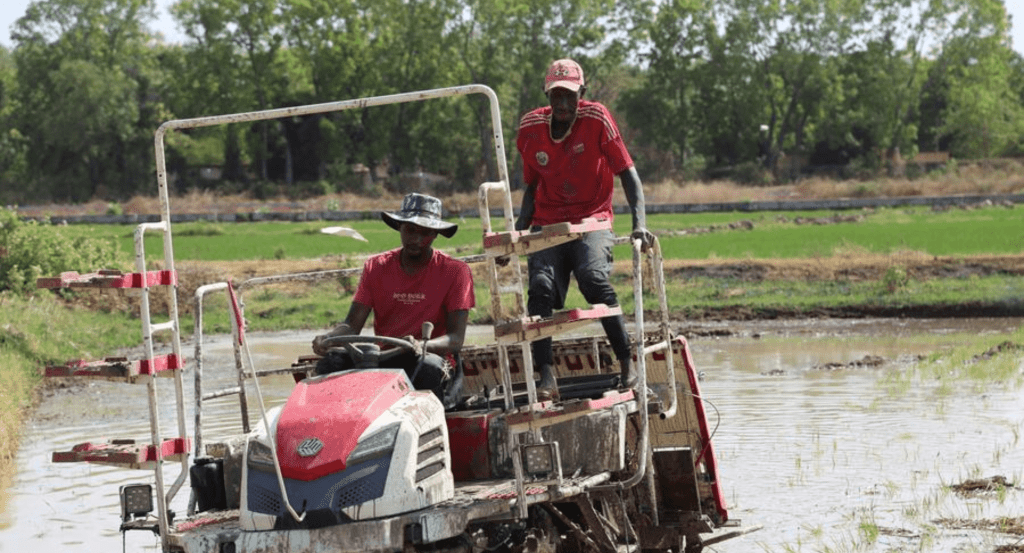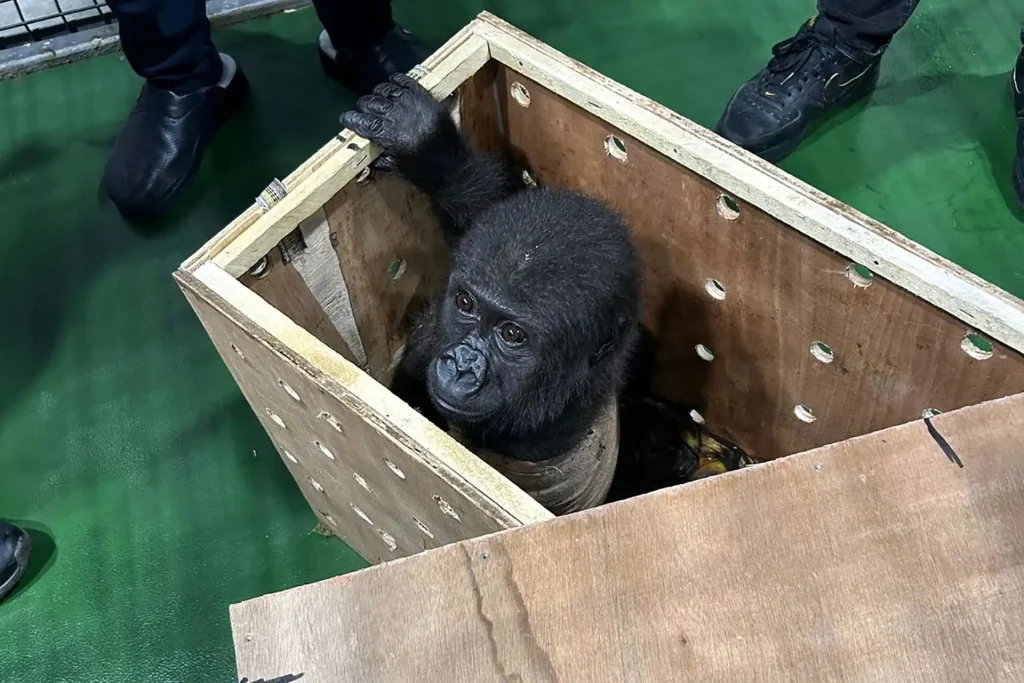China’s Agricultural Innovations Transform Rice Farming in The Gambia
Rice is a staple in The Gambia, yet for years, the country has struggled with low agricultural productivity, forcing heavy reliance on rice imports. However, thanks to Chinese agricultural technology and expertise, the country is experiencing an unprecedented rise in rice production.
In 2024, The Gambia produced over 48,000 tonnes of rice, marking a historic milestone in its agricultural sector. The success is largely attributed to technological innovations, improved field management, and the mechanization of farming processes, introduced through China-Gambia agricultural cooperation projects.
Gambia’s Agriculture Minister: “We Have Never Achieved Such a Yield Before”
Gambia’s Minister of Agriculture, Demba Sabally, praised China’s contribution to the country’s agricultural growth.
“We have never achieved such a yield before, which shows that Gambian agriculture is improving. Development partners like China have played a crucial role,” Sabally said in an interview.
He highlighted how Chinese innovations in infrastructure and high-yield agricultural techniques have been instrumental in increasing production and improving food security.
From Struggle to Success: A Gambian Farmer’s Journey
For many Gambian farmers, adopting modern rice farming techniques has been a game-changer. Musa Darboe, a former telecommunications engineer in the United States, returned to The Gambia in 2018 to manage his father’s farm. However, he initially struggled with traditional farming methods and low mechanization.
“I had no knowledge of rice planting techniques at the time. No one taught me what to do, and at one point, I even considered giving it all up,” Darboe recalled.
Everything changed in 2019 when he met Huang Zhi, the country manager of Longping High-Tech, a Chinese agricultural company named after Yuan Longping, the “father of hybrid rice.” Chinese experts provided hands-on training, modern rice transplanters, harvesters, and mechanized farming equipment, transforming his farm.
“Without the guidance and assistance of Chinese agricultural experts, we would not have been able to produce high-quality rice,” Darboe said.
Mechanization and Hybrid Seeds Boost Yields
Today, Darboe’s farm is fully mechanized, covering four key stages:
Plowing, Transplanting, Harvesting, Processing
With the introduction of high-yield hybrid rice seeds, his farm now produces 10.8 tonnes per hectare—two to three times higher than local rice varieties.
Beyond his farm, Darboe has become a key player in Gambia’s agricultural transformation, providing:
🔹 Seeds and fertilizers to over 2,000 local farmers
🔹 Mechanization services to improve efficiency
🔹 Agricultural processing support
Other farm owners are now adopting Chinese rice planting techniques, further improving national food security.
Future of China-Gambia Agricultural Cooperation
The China-Gambia agricultural technology cooperation project continues to drive progress, with more high-quality rice varieties and modern farming techniques being introduced.
“The Chinese technical team has introduced various high-quality rice varieties, including high-yield and hybrid seeds, which are essential for the development of Gambian agriculture,” Sabally noted.
With the continued adoption of advanced farming technology, The Gambia is well on its way to achieving greater agricultural self-sufficiency and reducing its reliance on rice imports.
Conclusion
The China-Gambia agricultural partnership is proving to be a game-changer for the country’s farmers. Through modernization, mechanization, and improved seeds, Gambian farmers are now producing record-breaking rice yields, marking a new era of food security and agricultural independence.























